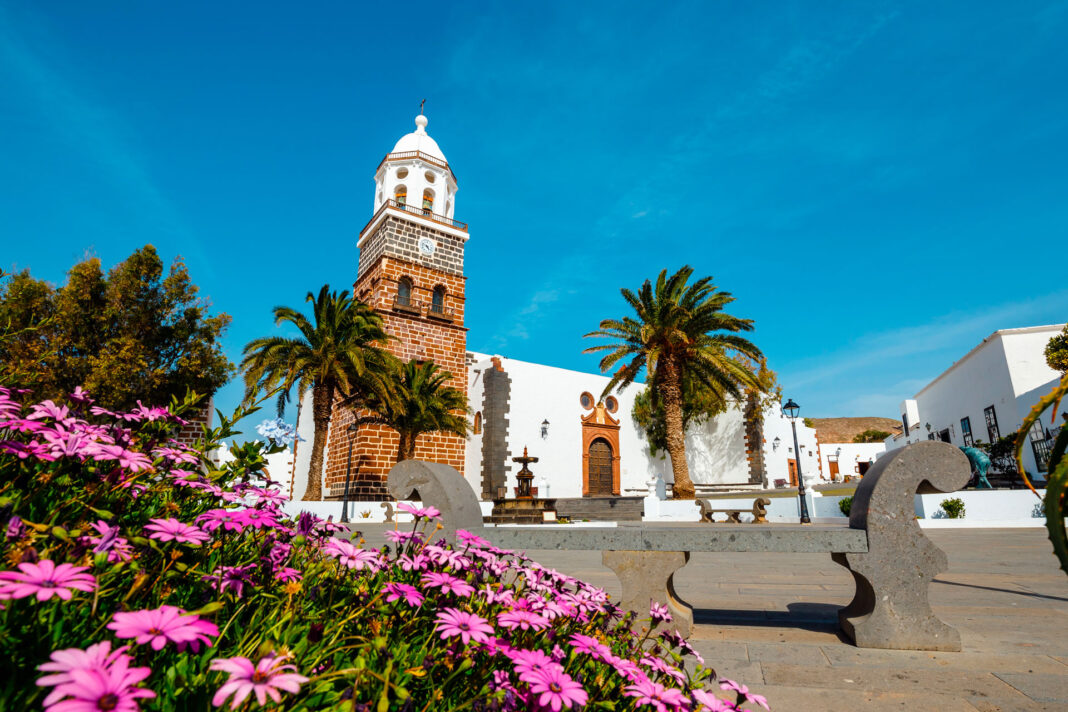Teguise was the former capital of Lanzarote, a position it held from the beginning of the 15th century until 1852 when Arrecife took over. Until then, and for many years, Teguise was the first and most important civil and urban settlement in the Canary Islands. Some of its streets retain their original lava cobblestones and many of the buildings in the historic centre are still intact, boasting architecture that’s testament to its rich and stately past. In fact, it has been declared an Architectural-Historical-Artistic Site. A stroll through its streets fills you with a real sense of history.
Teguise experienced years of splendour when dynasties, like the Bethencourt family, descendants of the Norman conquerors, and the Herrera family, former lords of Lanzarote, left their mark. Some stately homes from that era are well preserved, such as Casa del Marqués de Herrera y Rojas, Casa Perdomo, and others that were formerly the property of civil and military authorities, such as Casa Santiago, Palacio Ico and Palacio Spínola. The latter was originally intended to be the Casa de las Inquisidoras for the Inquisition. It has undergone several major renovations over the years and today it houses the Casa-Museo del Timple and is the venue for plenary sessions and other official municipal events.
Teguise’s historical heritage also includes various religious buildings, most importantly, Nuestra Señora de Guadalupe church, whose bell tower stands above the town’s roofs and chimneys and can be seen from many kilometres away. It’s so distinctive, in fact, that it has become the town’s emblem. The San Francisco and Santo Domingo convents are also well worth a visit.
Another of Teguise’s iconic buildings actually stands outside the historic centre. Built in the first half of the 16th century by Sancho Herrera, the Santa Bárbara Castle is perched on top of the Guanapay volcano and watches over the whole town. It has done so for centuries and is the oldest surviving defensive construction on Lanzarote. From its vantage point, it kept a lookout over coasts and ports, warning islanders if pirates and corsairs had landed, giving time to prepare defences and shelter the population. In the mid-19th century, the fortress fell into disuse. It wasn’t until 1960 that renovation work began, thanks to a local community group that campaigned for its restoration. Since 1998 it has been managed by Teguise Town Council. It now houses a museum, for years, it was dedicated to the island’s mass emigration, now it is a museum of piracy.



